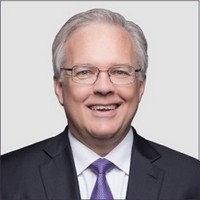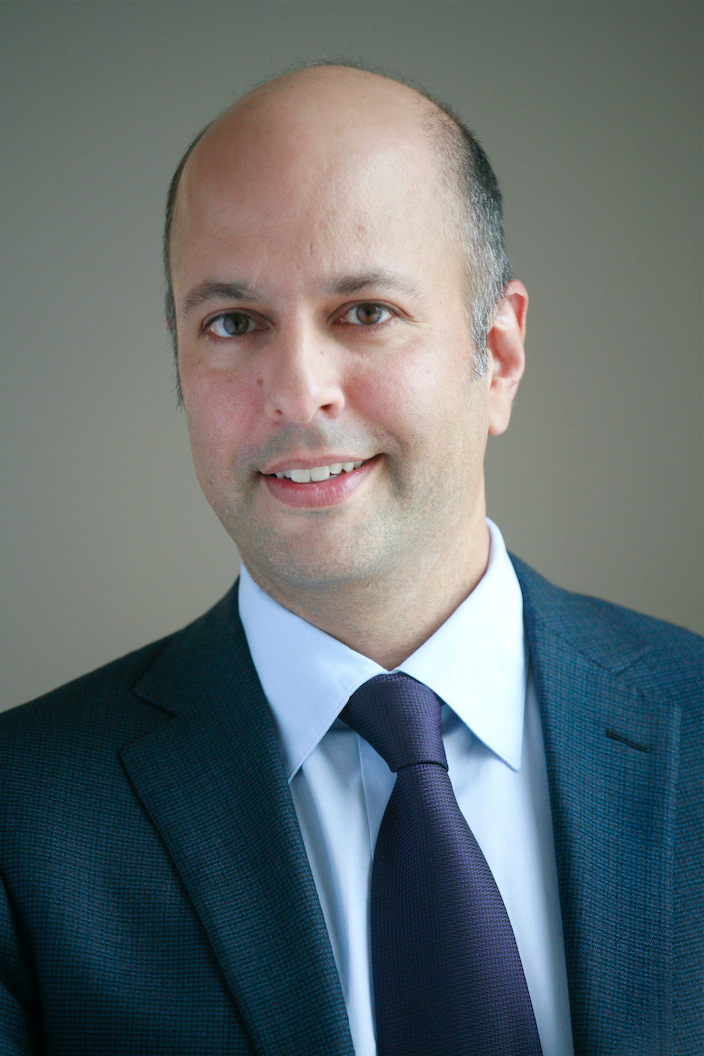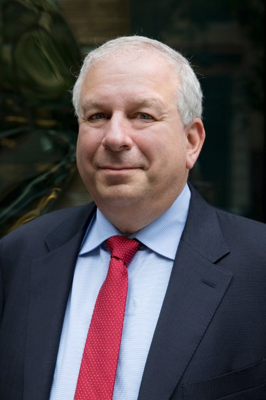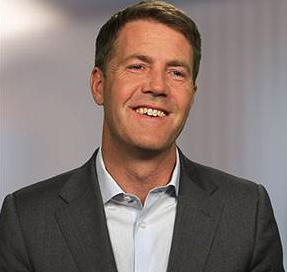Transcripts
 Erik: Joining me now is Dr. Ben Hunt, founder of Second Foundation Partners and, perhaps most famously, the author of the extremely popular Epsilon Theory Newsletter.
Erik: Joining me now is Dr. Ben Hunt, founder of Second Foundation Partners and, perhaps most famously, the author of the extremely popular Epsilon Theory Newsletter.
Ben, it’s great to have you back on MacroVoices.
It’s so good, because you know we’ve done a lot of coverage of the COVID-19 crisis with a lot of really smart people. We had Dr. Chris Martenson on. And, you know, we’re diving in to the nitty gritty of, okay, what’s R0 and what’s the transmissibility going to tell us about the virus mutation? And what’s the difference between antibody testing and contact testing? We’ve covered all that.
Something I’ve noticed from Day One of this crisis is you’ve always been the guy who’s thinking five steps ahead. Not just to what’s on the table right now in front of us but what are the long term implications on society going to be as we go through – as the entire world goes through something that it hasn’t gone through in more than 100 years?
I just think of you as the big-picture guy who’s got a better perspective on the coronavirus crisis, what it means economically, but also what it means for society.
Ben, we spoke off the air about three narratives that you talk about as they pertain to this crisis. Let’s start with those. What’s the first narrative?
 Erik: Joining me now is Lakshman Achuthan, founder of the Economic Cycles Research Institute.
Erik: Joining me now is Lakshman Achuthan, founder of the Economic Cycles Research Institute.
Lak has prepared a terrific slide deck to accompany today’s interview. I encourage you to download it. You’ll find the download link in your Research Roundup email. Now, if you don’t have a Research Roundup email, that means you haven’t yet registered for a free account at macrovoices.com. Just go to our home page at macrovoices.com, look for the red button that says Looking for the Downloads? just above Lak’s picture on the home page.
Lak, it’s great to have you back on the show. You are Mr. Economic Cycles. Your whole career has focused on economic cycles. I’m at a loss here as to even where to start, because how does a cycles guy look at the current situation?
Do you look at the virus cycle of what happened in the 1918 Spanish flu? Or do you look at this in terms of what we know about economic cycles affecting recessions, which we’re clearly in now? Or some other way? How do you even approach this?
 Erik: Joining me now is Dr. Lacy Hunt, chief economist for Hoisington Investment Management Company.
Erik: Joining me now is Dr. Lacy Hunt, chief economist for Hoisington Investment Management Company.
Dr. Hunt, I’m so looking forward to this interview. I’ve been thinking about you for weeks and weeks as we’re navigating this very interesting time in markets. You’ve been just fantastically prescient and fantastically right. We’ve interviewed you several times over the last few years. You’ve always stuck to essentially the same core thesis, and it has proven correct for all of this time.
I strongly encourage any newer listeners who didn’t hear those prior interviews to listen to those past interviews. Just type “Lacy Hunt” into the search box at macrovoices.com and you’ll see the previous interviews.
Dr. Hunt, for those newer listeners, please just briefly restate the core thesis of your view on interest rates and why we are where we are today.
 Erik: Joining me now is David Rosenberg, founder and president of Rosenberg Research.
Erik: Joining me now is David Rosenberg, founder and president of Rosenberg Research.
Now, most of you know Dave as the famous author of the “Breakfast with Dave” newsletter. He’s actually branched out and got some really exciting new products and services that he is starting to explore in his own new firm. So we’re going to talk about that at the end of the interview.
But, David, obviously we’ve got to start with, wow, these are amazing times that we’re in. I gotta tell you, I am just dumbfounded. It seems like maybe a little bit of common sense in the last couple of days has hit the stock market. But until then, it seemed like most people thought, okay, it’s all over now. We’re past peak infections. It’s time for new all-time highs in the stock market.
I think it’s crazy. But what do you see here? What’s the big picture? Is this really ending? Or is it only just beginning?
Dave: Well, look, I think that when you’re taking a look at the extreme daily moves that we’re seeing in the stock market, it is completely characteristic of a fundamental bear market, not the onset of a new bull market. I mean, we’ve had, just in the past 20 sessions, 18 of those the DOW moved in either direction by at least 200 points. It’s almost like we’ve become numb.
Today, if the DOW moves 400 points up or down, it’s completely ho-hum. But these are dramatic daily swings. It’s showing a market that is completely confused and I think caught in this tug of war between – I wouldn’t say a V-shaped recovery – really caught between knowing that we have a very deep and sharp recession on our hands but also the Fed coming in and doing what no other Fed has done before.
 Erik: Joining me now is Eric Peters, founder of One River Asset Management.
Erik: Joining me now is Eric Peters, founder of One River Asset Management.
Eric, I guess obviously the question that’s on everybody’s mind is this coronavirus crisis and how long it’s going to last and so forth. Was the coronavirus the cause of this market dislocation? Or is it more the case that the virus was the pin that popped a bubble that was already ready to pop? And, either way, how do you see this crisis unfolding from here?
Eric: Hey, Erik, nice to be back. Thanks for having me again. Always good, particularly in really interesting periods for markets like this.
Clearly this virus is the catalyst for this move. And that’s obvious. But in terms of the move itself and the market structure, I would say that we’ve been building into the market structure a lot of fragility over many years that were, largely speaking, just underappreciated.
MACRO VOICES is presented for informational and entertainment purposes only. The information presented in MACRO VOICES should NOT be construed as investment advice. Always consult a licensed investment professional before making important investment decisions. The opinions expressed on MACRO VOICES are those of the participants. MACRO VOICES, its producers, and hosts Erik Townsend and Patrick Ceresna shall NOT be liable for losses resulting from investment decisions based on information or viewpoints presented on MACRO VOICES.
